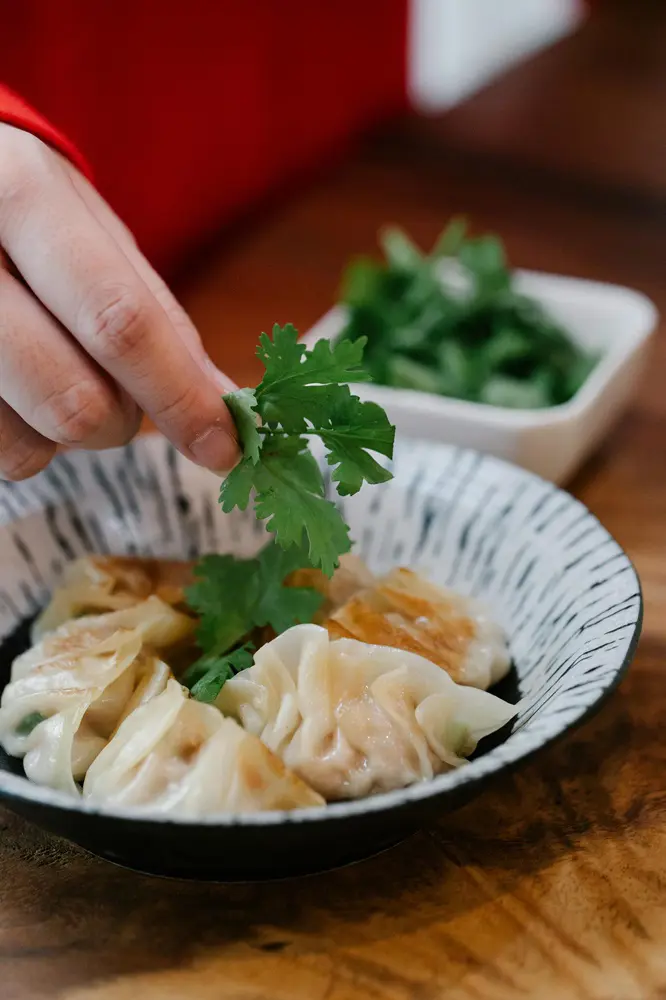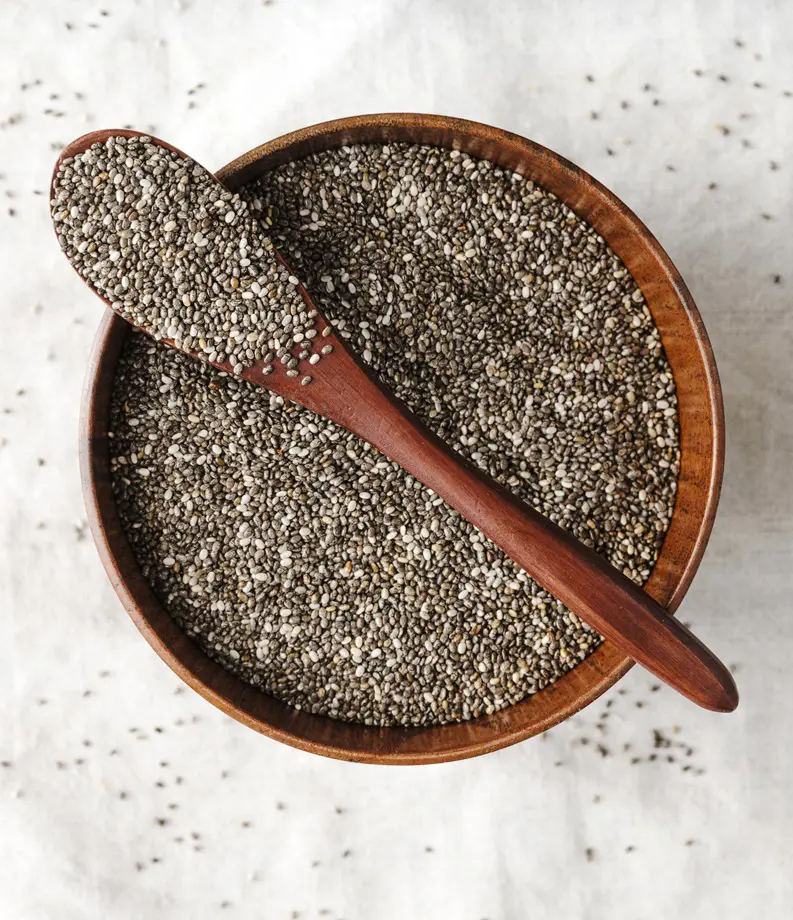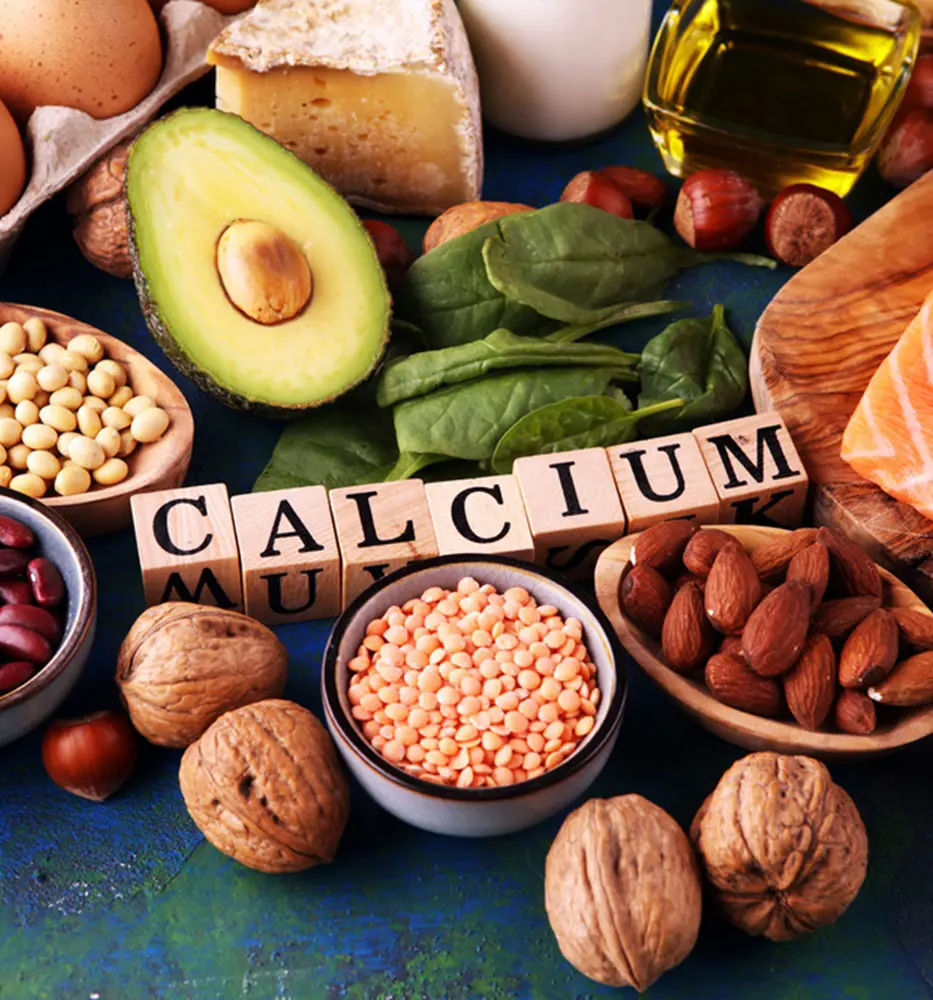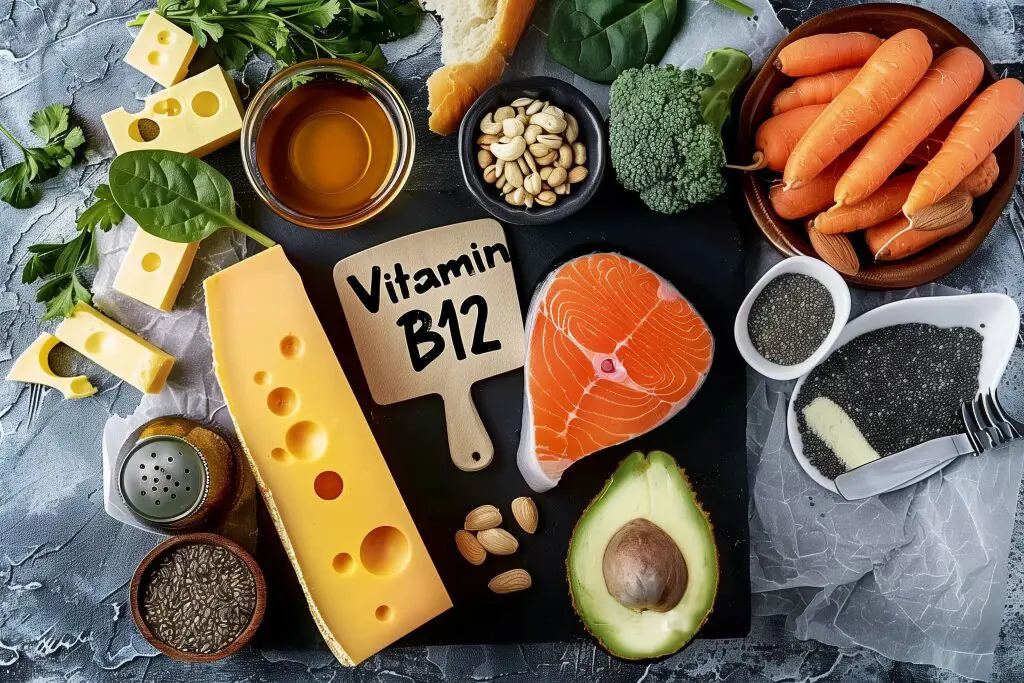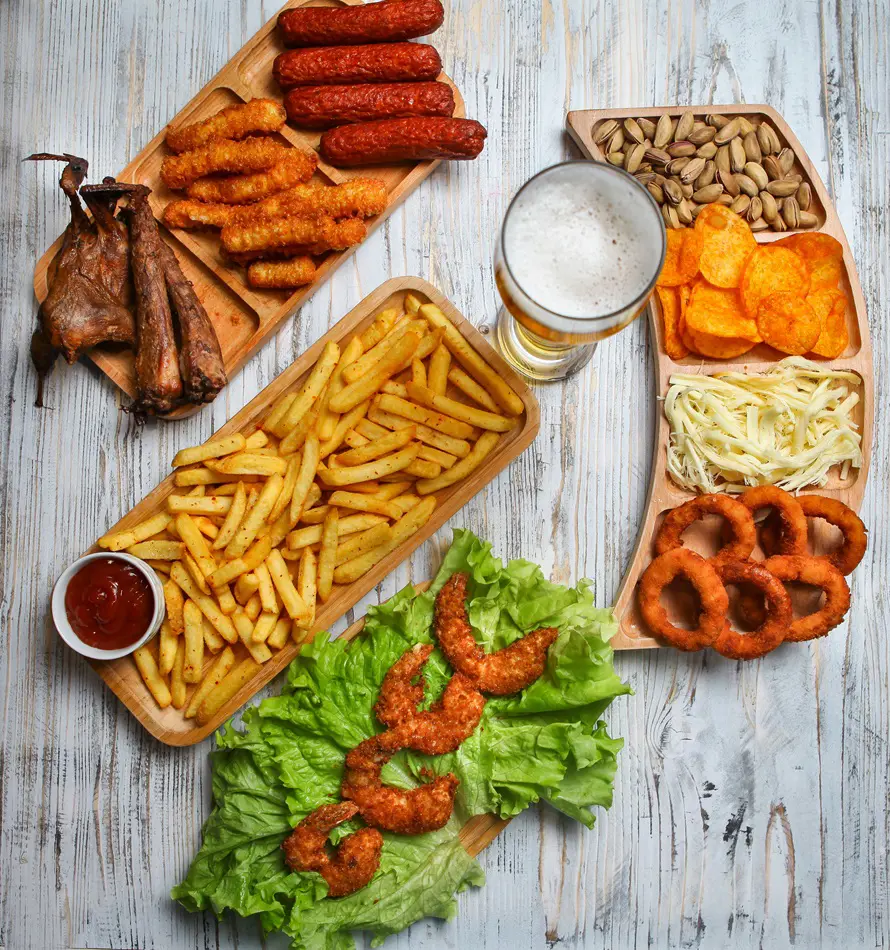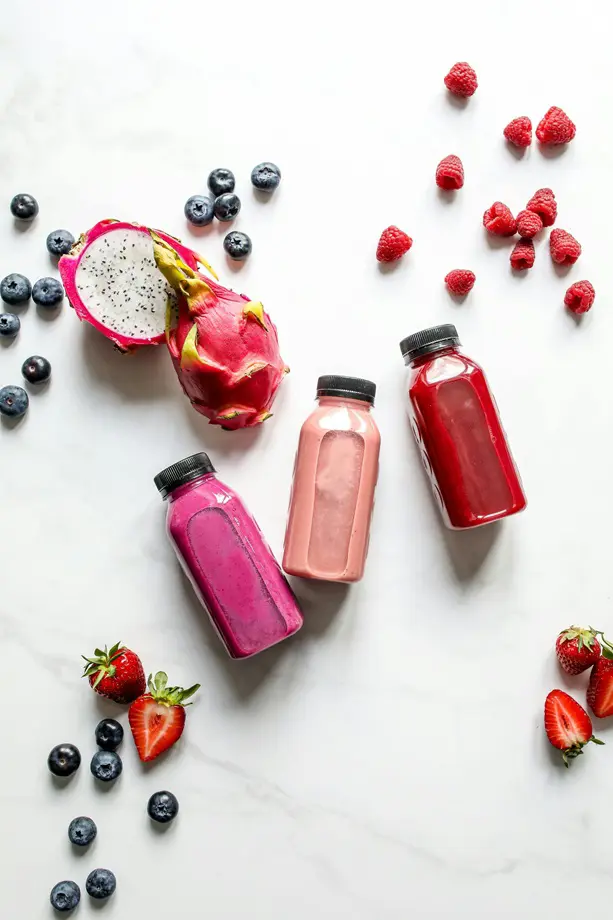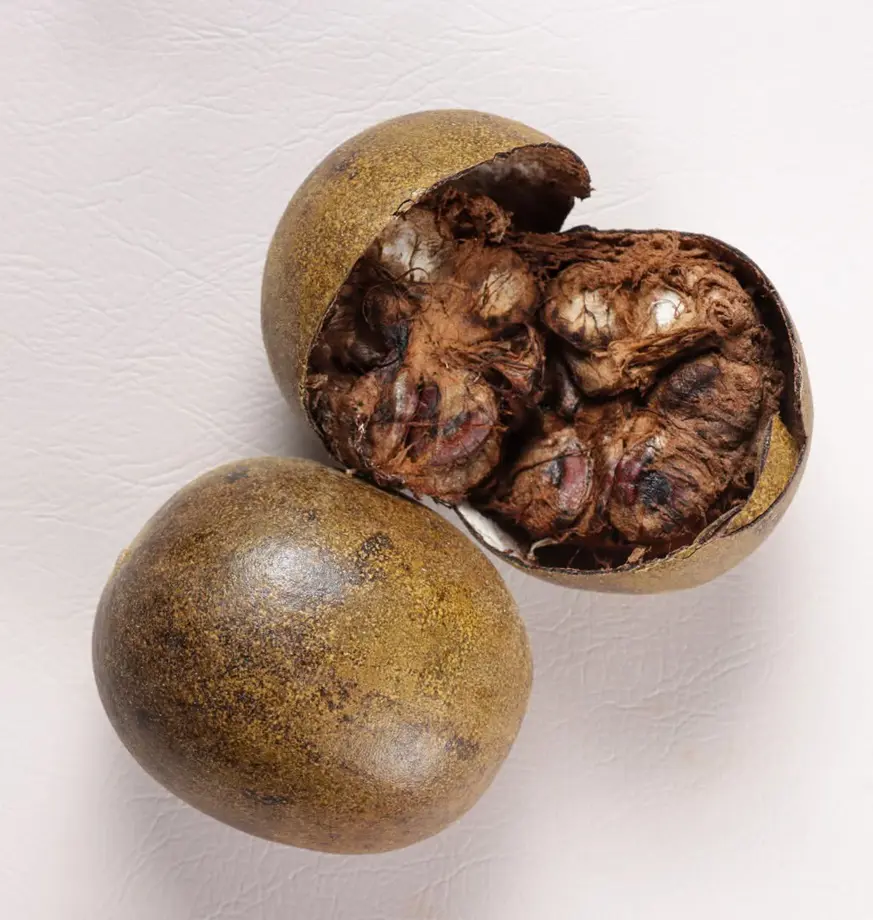20 Foods You Can Eat On A Low Residue Diet
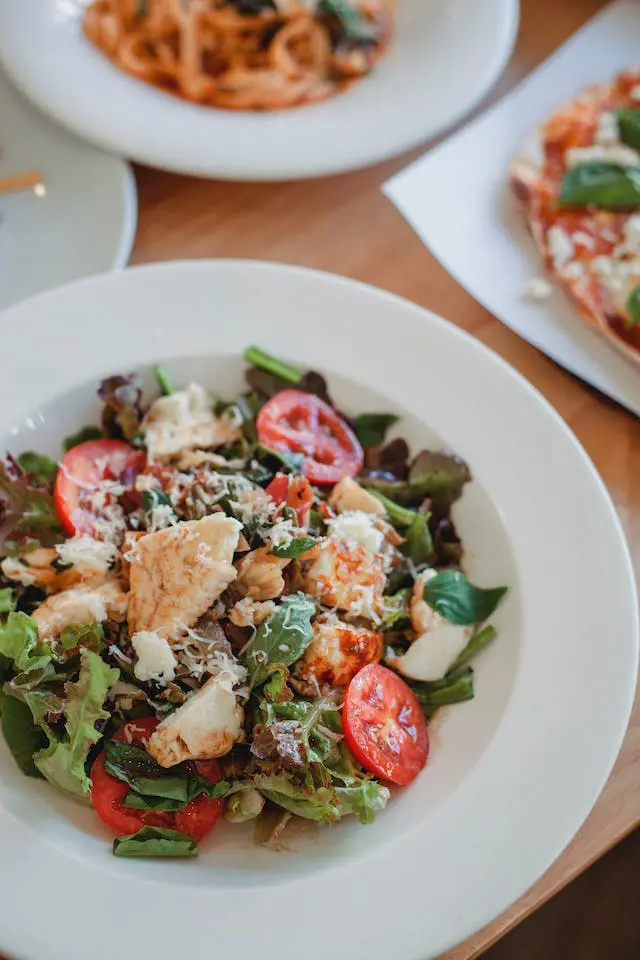
This post may contain affiliate links. If you make a purchase through links on our site, we may earn a commission.
A low-residue diet is designed to minimize the amount of undigested food that moves through the intestines, making it beneficial for individuals with certain digestive issues, such as inflammatory bowel disease or before certain medical procedures. This diet focuses on foods that are low in fiber and easy to digest, helping to reduce bowel movements and abdominal discomfort.
In this guide, we’ll explore 20 foods that are safe and nutritious for those following a low-residue diet. These options provide essential nutrients while being gentle on the digestive system, making it easier to manage your health and well-being.
1. Bread, Rice, and Pasta
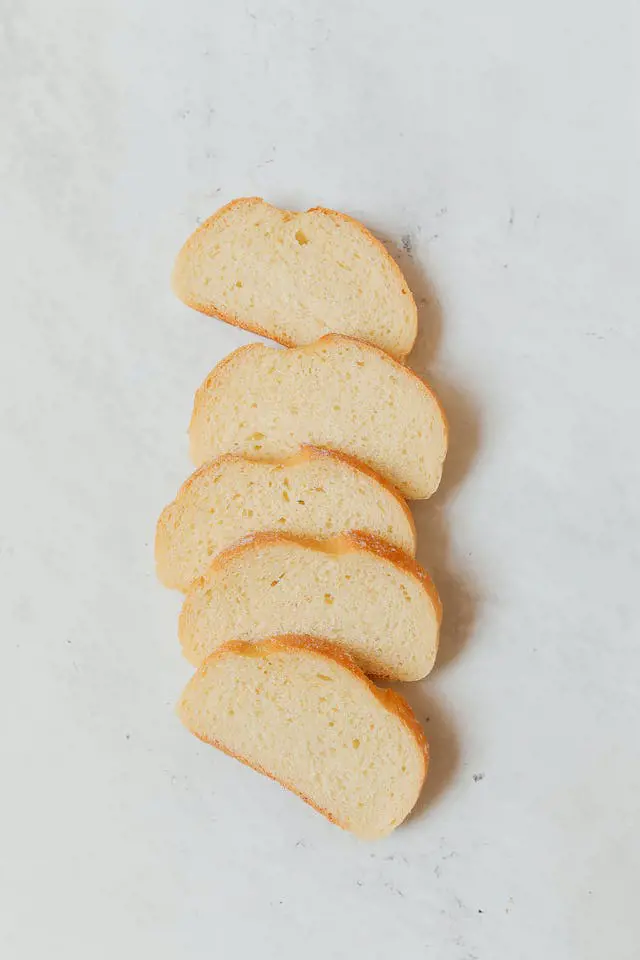
A low-residue diet demands easily digestible food. Being low in fiber, bread, rice and pasta can fulfill this criteria. These foods made from less fiber are recommended as compared to healthy whole grains because they are easier to digest and leave less residue.
There are also other options like plain white bagels, toast, or plain crackers made of white or refined flour. White pasta, macaroni, white rice, and noodles made with refined flour can also be consumed while avoiding bread or rolls with nuts, seeds, or fruit.
2. Tofu
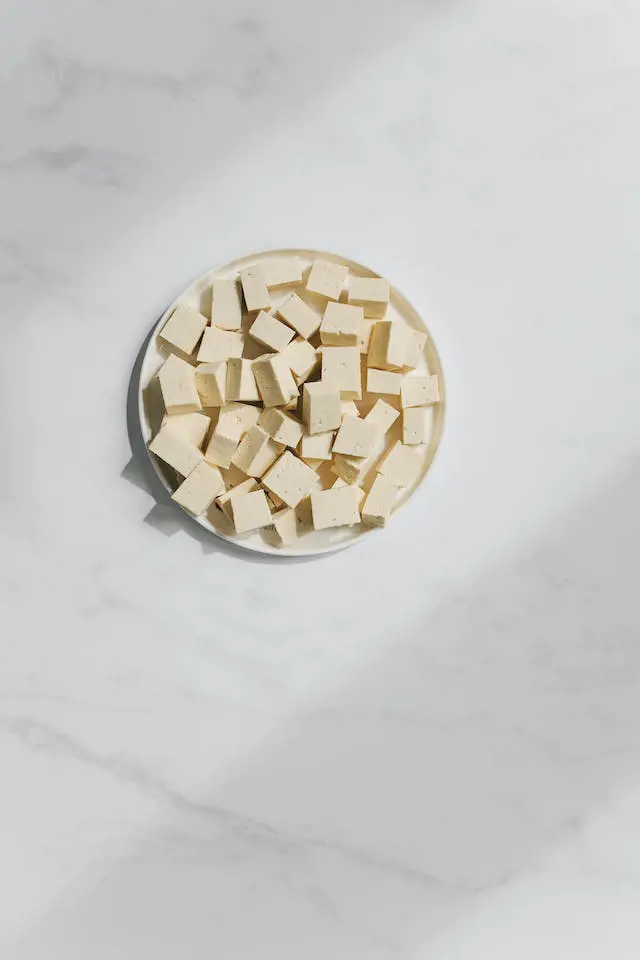
Tofu is made from soy milk and is naturally low in fiber. When compared, silken tofu is even easier to digest than firm or extra-firm tofu.
Nutrient-dense tofu is highly beneficial and provides enough plant protein when you have a few foods to choose from. When non-vegetarians have meats for protein intake, vegetarians and vegans can have tofu.
Including tofu in your low-residue diet helps you have quality protein that helps protect your heart, strengthen bones, and repair/help muscle growth. However, those allergic to soy must pay attention to its allergic reactions.
3. Dairy Products
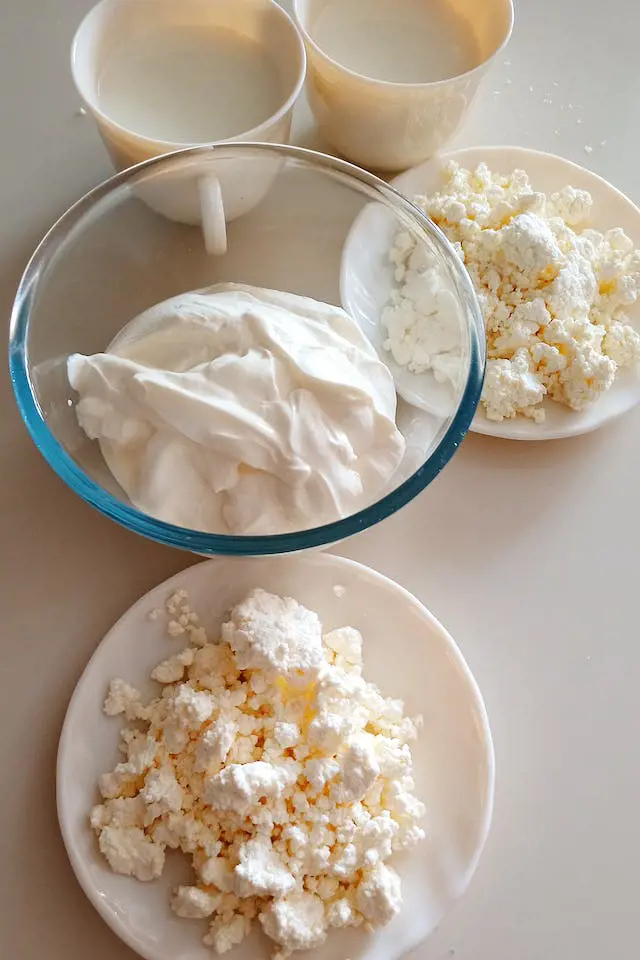
You can include dairy products in a low-residue diet, however, it's best when done in moderation. If you are lactose intolerant, avoid these products as you always do!
Low-fat milk, low-fat yogurt and soft cheeses like cottage cheese, cream cheese or ricotta can be some suitable choices. Including fermented or strong cheeses however are not recommended.
4. Low Fiber Vegetables
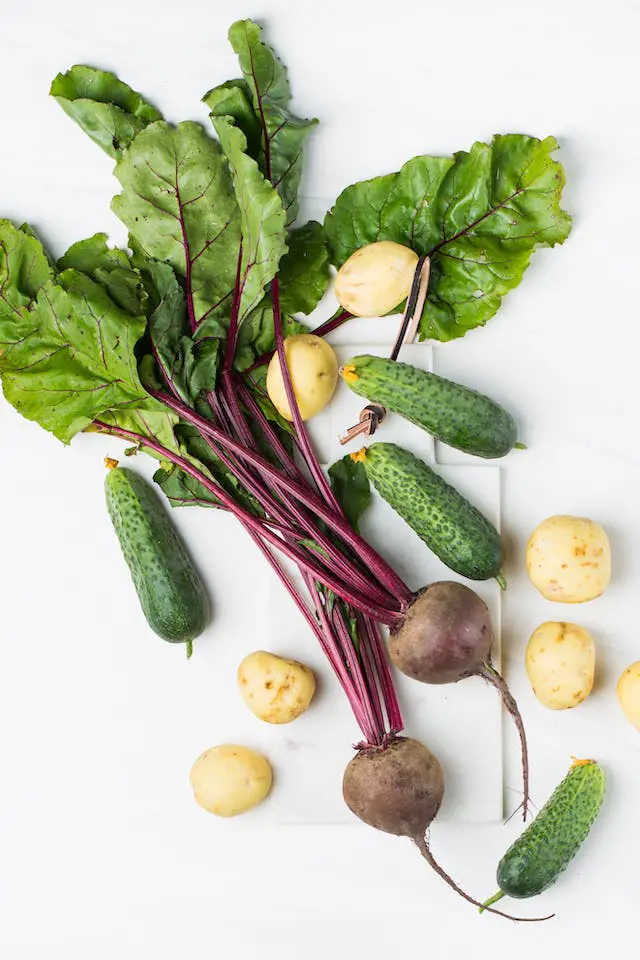
Vegetables might be confusing for a low-residue diet, but without any doubt, there are certain low-fiber ones you can say yes to. Cooked spinach, potatoes, zucchini and green beans are some examples you can opt for.
Raw vegetables including salads are not a good choice for the low-residue diet though. This is because only cooking can soften the fibers. Make sure that the cooked vegetables you are adding are peeled as the skins contain most of the fibers in vegetables.
5. Fruits
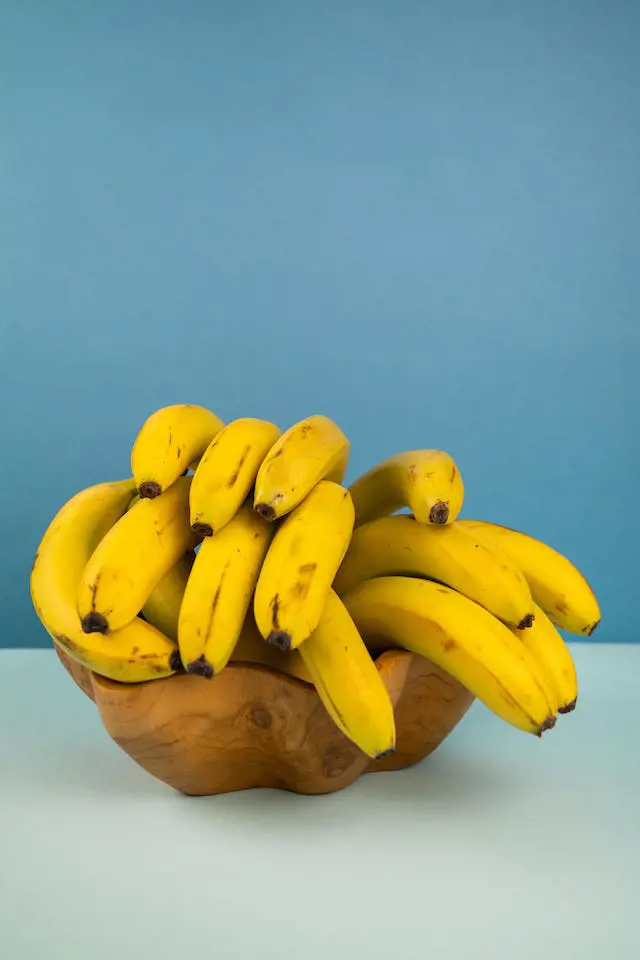
While most of the fruits are high in fiber, few of them are on the lower side too. Ripe bananas and melons like cantaloupes and honeydew are some best ones to satisfy your sweet tooth while keeping fiber intake in check.
Some fruits individuals on a low-residue diet should stay away from include raw or dried fruits, berries and citruses.
6. Meat
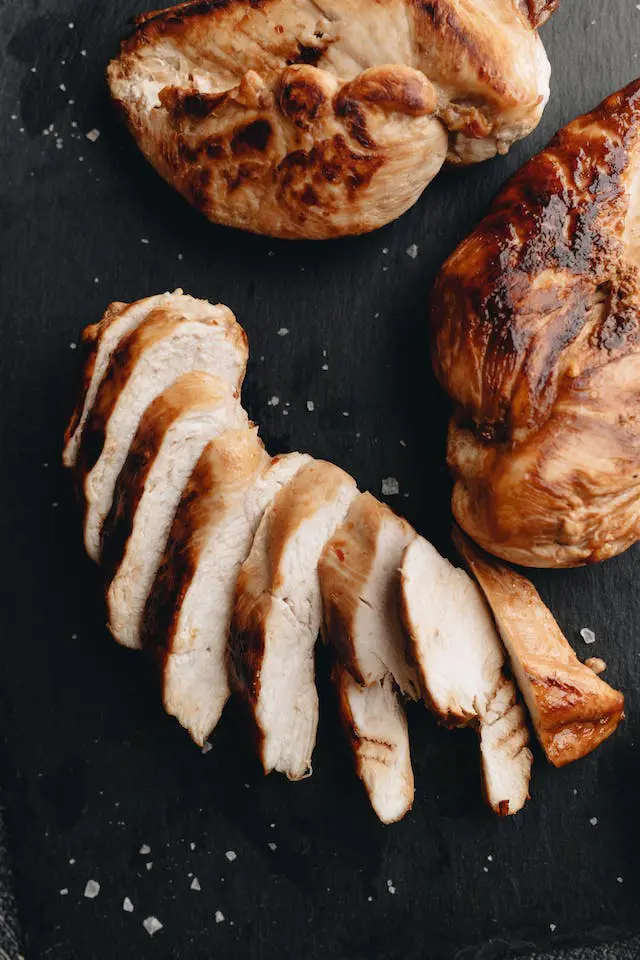
There are certain meats that are known to leave low residues in the intestine. Some such meats include leaner cuts of beef like sirloin and tenderloin and white meats.
Fatty cuts and tough cuts of meat however are not recommended as they can interfere with the sensitive digestive system. Also, applying proper cooking techniques like steaming, boiling or baking is important to make sure meats are tender which also means they are easily digestible.
7. Fish and Seafood
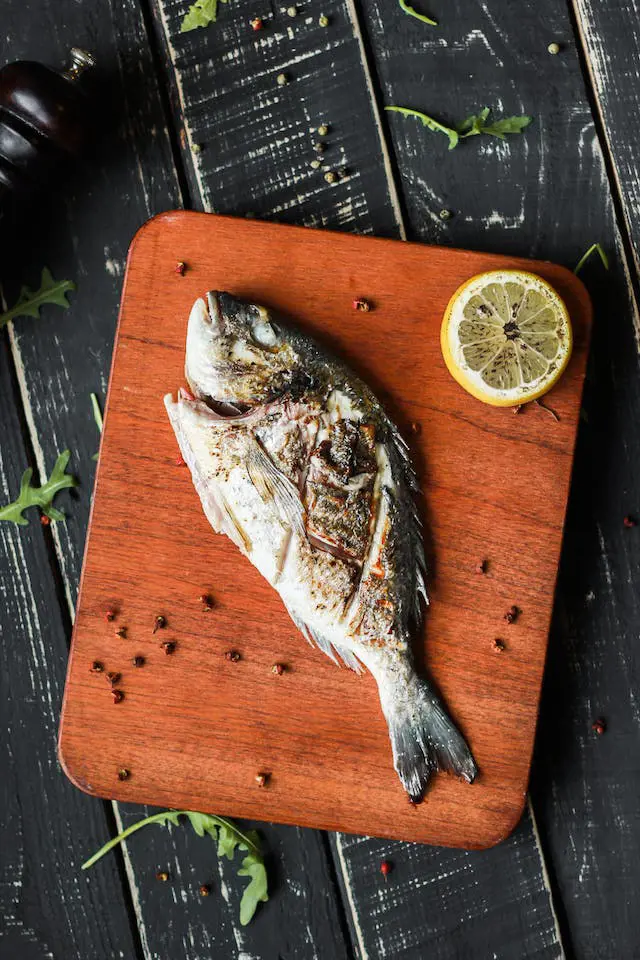
Another addition to your low-residue diet can be fish and seafood. Low in fiber, seafood is a rich source of high-quality protein. Fish can be consumed fresh or in other forms including tinned, smoked, breaded, and battered.
Fish and seafood serve the role of protein which comes with various health benefits. When having these foods, one must make sure that they are cooked until tender. Include fish and seafood in your low-fiber diet and treat your tastebuds well while reaping the health benefits.
8. Eggs
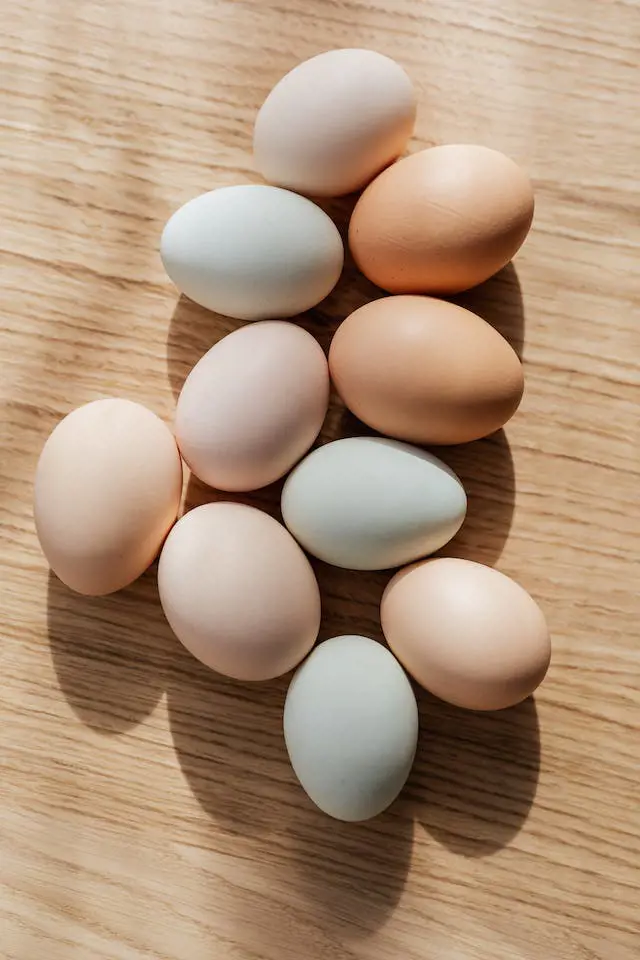
Eggs are another food you can rotate in your low-fiber diet. Great source of protein, eggs are low in fiber. They are also a rich source of potassium and vitamin B complex. You can add eggs to your diet in numerous ways. You can consume it hard-boiled, scrambled, or in any other form.
When having eggs, you also be cautious of not mixing any fibrous ingredients. Including raw veggies in the egg makes it a high-fiber food. Hence, obtain the benefits that egg has to offer, add it to your low-residue diet starting today.
9. Sweets and Snacks

Though whole-grain sweets and snacks are not good choices for individuals on a low-residue diet, there are some options they can still look forward to. White breads, gelatin desserts and chocolates are some suitable options.
While enjoying them, remember moderation is the key to zero harm. Snacks like popcorn (that too with hulls), granola bars and chips however are not be effective in maintaining an effective low-residue diet.
10. Ginger
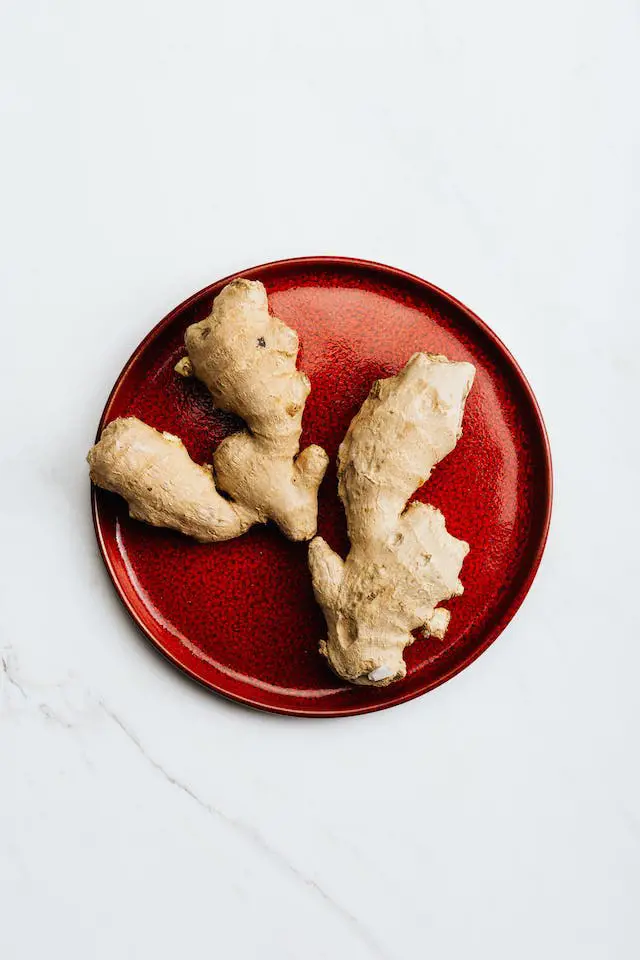
Another food item that you can include in a low-fiber diet is ginger. A root herb, ginger is benefits-packed and is known to support the recovery process of various diseases including digestion issues. In individuals with digestive system sensitivity issues, making ginger part of their diet can help heal inflamed tissues.
For consumption, fresh ginger roots can be used to cook or blend in juices. You can even sip on ginger tea and dried ginger root to season the food. You should however avoid high-fiber ginger components, such as ginger snacks or candies with chunks.
11. Bone Broth
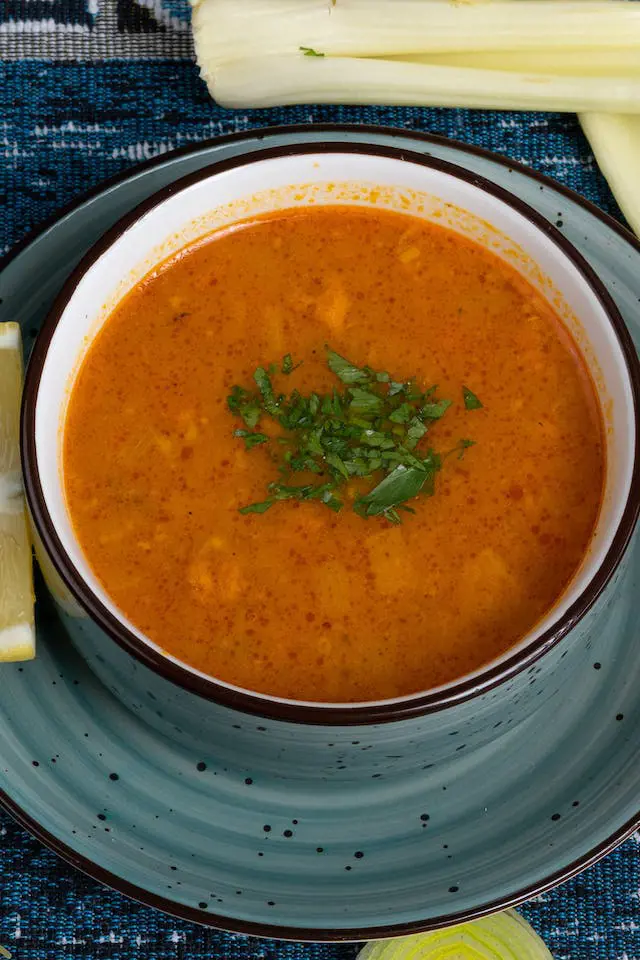
Healthy, protein-packed food with no fiber is bone broth. Bone broth is rich in collagen and other minerals essential for the human body. It is made by slowly simmering the animal bones with herbs and spices. In making a bone broth, do not add whole spices like peppercorns, whole cloves, rosemary, any type of herb seeds, and fresh herbs. These can irritate the digestive system.
You can consume bone broth in many ways. You can either sip it like tea, use the liquid to make rice or add it to the recipes where broth is essential.
12. Beverages

Our body needs enough fluid to keep the system active and functioning. Proper fluid intake is important for a low-residue diet, so, consuming specific beverages can help meet the demand.
Different floral teas without caffeine are helpful to maintain hydration in the body. Whatever you choose, make sure drinks are caffeine-free as it is not safe for sensitive stomachs. For coffee lovers, decaffeinated coffee is best. In the case of fruit juices, choose the ones that have no pulp or seed. Likewise, you can also include strained vegetable juices on a low-residue diet.
13. Fats, Sauces, and Condiments

Adding some fats and sauces to a low-residue diet has no harm. Low-residual diet plans need not be filled with bland foods. There are some fats and sauces that can be used to make foods tasty, and that also with no warm.
Some fats that won't trigger the sensitive digestive tract include margarine, butter, and oils. You can also consume sauces like mayonnaise, ketchup, sour cream, and soy sauce. All these tongue-tickling enhancers are ok, nonetheless, the ones that are hard to digest and with fibers need to be avoided.
14. Cereals and Grains
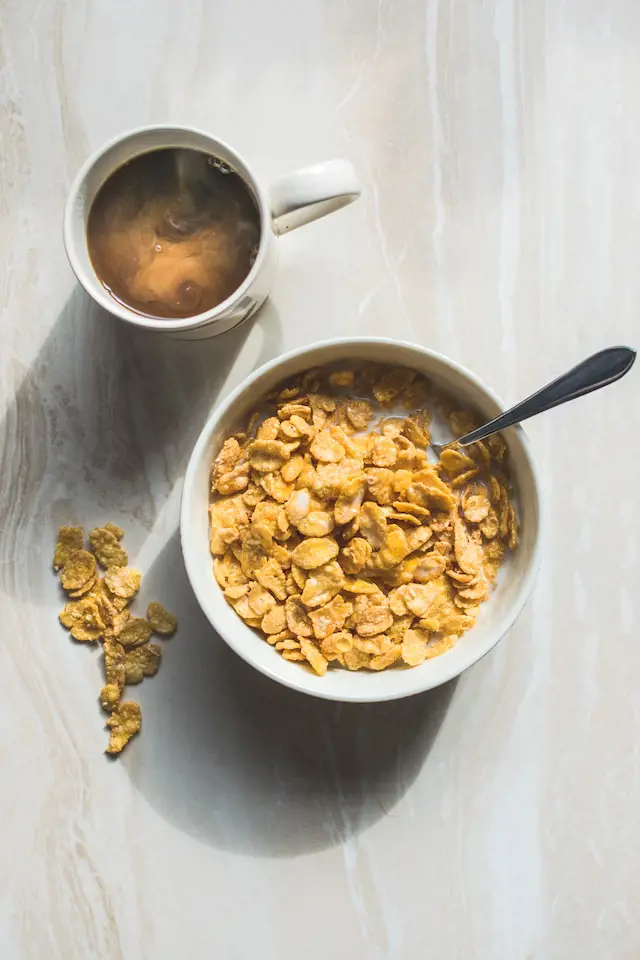
Grains are generally high in fiber. Nevertheless, some are less in fiber and can be consumed when on a low-residue diet.
If you are someone who prefers cornflakes in the morning, you can continue having it even on a low-residual diet. Other than that, you can have low-fiber, cooked cereals like farina, grits, and cream of wheat. You can also add other cereals to your diet such as puffed rice, and rice krispies. Cereals free of outer coating, shredded cereals, and cornmeal are the best low-fiber foods to add to a low-residue diet.
15. Herbs and Spices
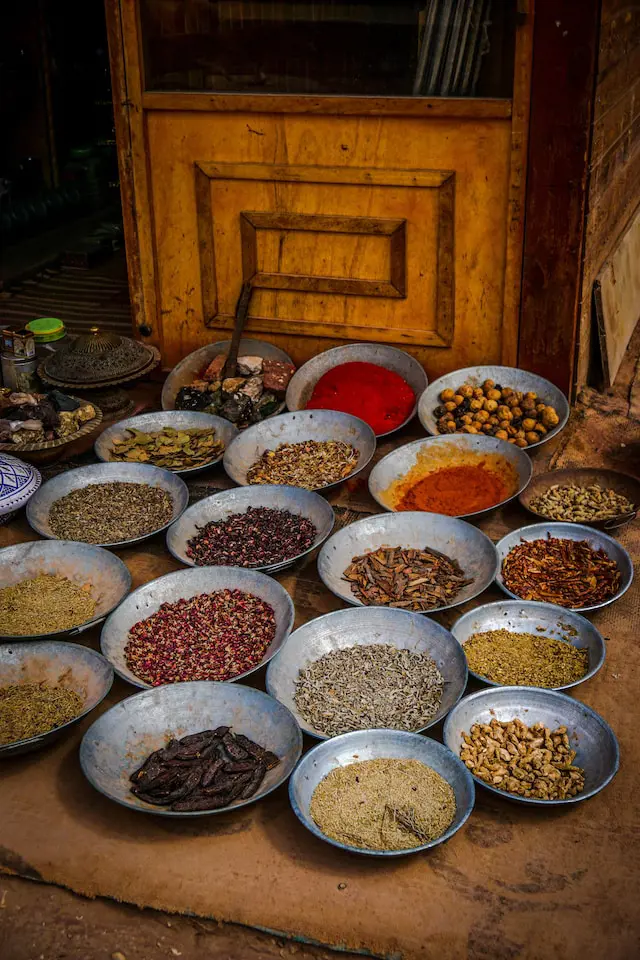
There is not much restriction on which herbs and spices to exclude from a low-residue diet. All ground spices and herbs, and salt are good to go in this particular diet, however, avoid chili powder and whole spices as they can be difficult to digest.
Turmeric and black pepper may be reactive to some extent, so it's better to avoid them as well. For herbs, there are no particular restrictions and won't cause trouble if consumed in moderation.
16. Oils
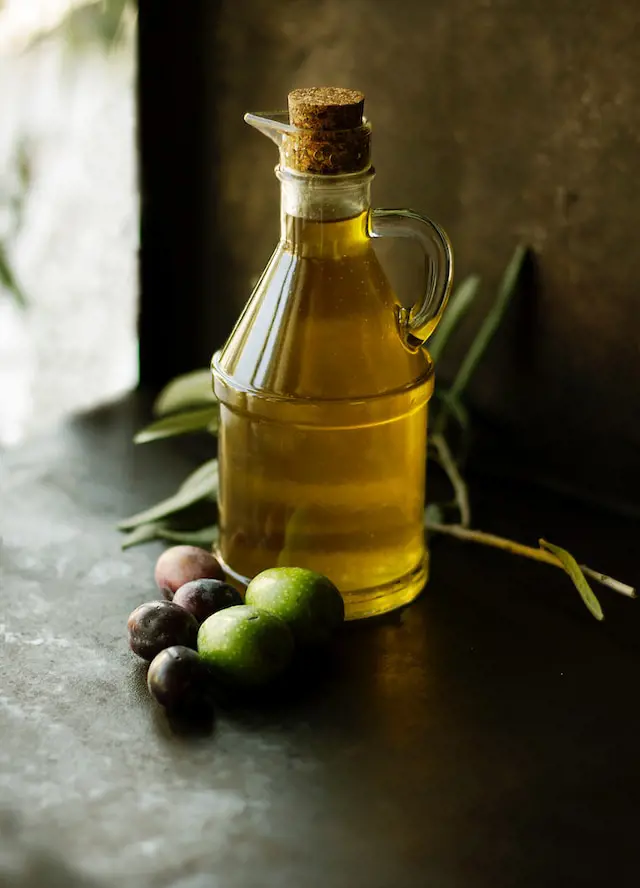
Oil is an important part of any diet and is not completely avoided in most diets. Moreover, fats are important to maintain proper functions in the body. It's only a matter of the quantity of the oil being used in the food that makes it's consumption questionable.
A beneficial source of fat and a rich source of nutrients, people on a low-residue diet should stick with plant-based oils such as olive oil, avocado oil, walnut oil, flaxseed oil, canola oil, etc.
17. Stewed apple
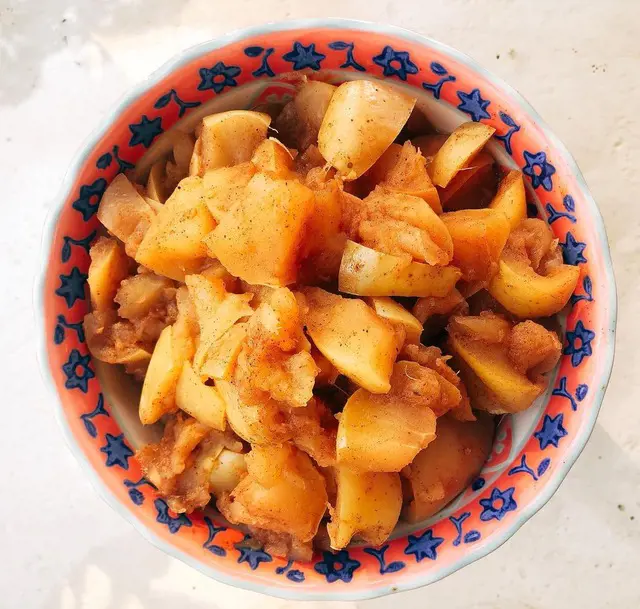
Cooked apples are generally softer and easily digestible. One popular and delicious way to cook apples is stewing them which helps to reduce their fiber content compared to the raw ones.
As most of the fiber content is present in apple's skin, it's important to peel it off before setting it for stewing. Stewed apples behave as a food source and help healthy bacteria thrive in our gut health which supports the healing of the related disorders.
18. Saltines
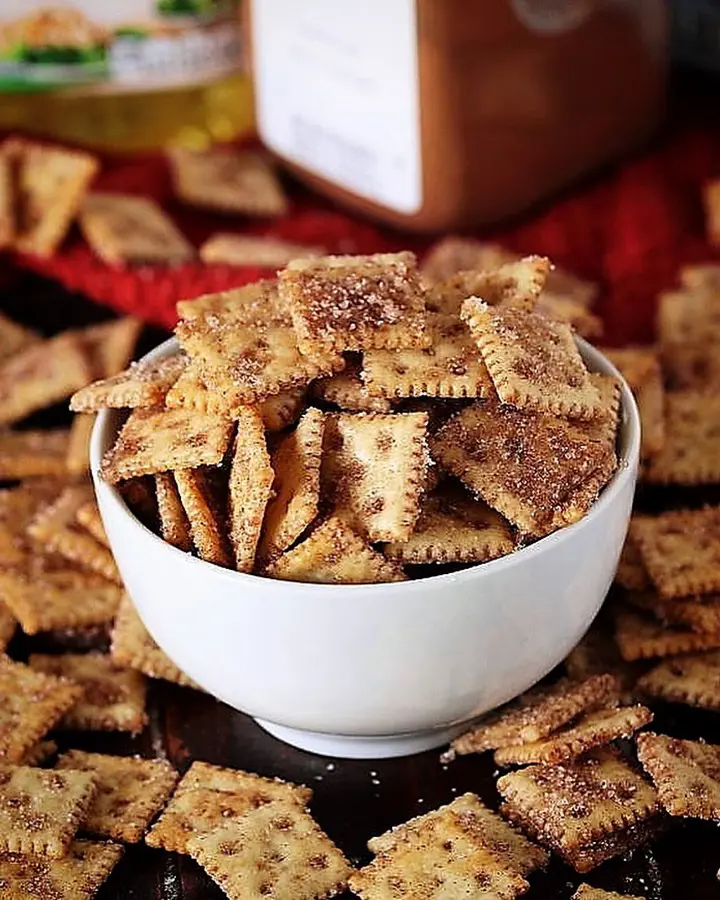
Saltines are a great snack to add to a low-residue diet. Made with white flour, you can munch on these saltines or soda crackers even on a diet. Low in calories, fat, and dietary fiber, you can enjoy saltines anytime, anywhere.
Saltines blend well with sugary diets like jelly. It also complements the soup well. So, whenever you crave salty snacks, opt for saltines. These are great additions to a low-fiber diet. Because of its bland, salty, and low-fiber nature, saltines help improve the symptoms of an upset stomach.
19. Peeled Potatoes
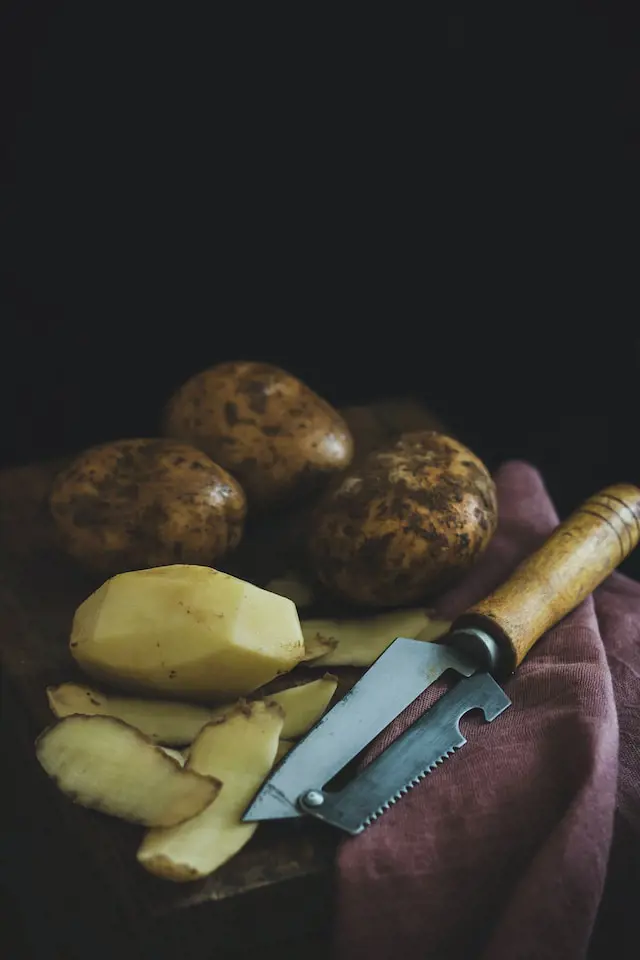
Potatoes are rich in carbs. The fiber content is high in the potato's skin. Nevertheless, peeled potatoes are low in fiber and can be included in a low-residue diet in any form.
Potatoes are versatile vegetables that can be consumed in different forms. Make sure to peel the potato skin to reduce the fiber content when on a low-residue diet. Potatoes can be consumed as boiled, baked, roasted, mashed, chips, waffles, and hasselbacks. When there are so many you can make out of one vegetable, don't hesitate to add them to your diet. Just make sure you peel the skin for it to be beneficial for your gut health.
20. Nut butter
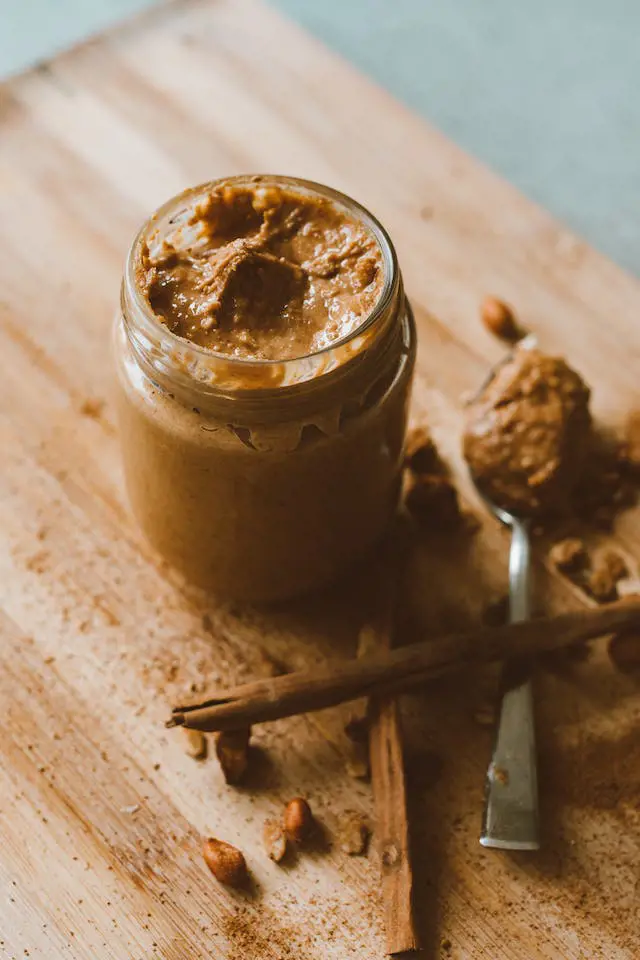
Eating whole nuts makes it hard to digest. Thus, you can include nut butter on a low-residue diet. Instead of butter with the nut chunks, opt for smooth nut butter only. Nut chunks become hard to digest leading to an upset stomach.
A source of protein and healthy fats adding creamy nut butter will not do any harm. Instead, it lets you have better foods saving from malnutrition. You can spread the butter on white bread or potato bread and enjoy the dish. However, omit any form of whole-grain bread.
Recent posts
Nutrition
Nutrition
16 Benefits Of Coriander That Will Surprise You
Abundant in nutrients and antioxidants, coriander is an annual herb with a characteristic aroma that is extensively used around the world. Both coriander leaves (also called cilantro) and seeds are used in various cuisines around the world. Known fo...
Nutrition
Chia Seeds Benefits: 15 Reasons To Eat These Tiny Seeds
Chia seeds are tiny edible seeds obtained from the plant known as "Salvia hispanica", belonging to the mint family. Oval, gray, and filled with black and white spots, these small seeds are highly valued for their abundant nutrients and health be...
Nutrition
How Much Calcium Is Actually Needed?
Calcium is a mineral associated with bones, muscles and the nervous system in the body. Current dietary guidelines suggest different Recommended Dietary Allowances(RDAs) for adult males and females, with 1000mg being optimal for males and 1200mg for...
Nutrition
B12 Vitamin Food Sources: A Comprehensive Guide
Vitamin B12, an essential nutrient, plays a crucial role in various bodily functions, including red blood cell production, nerve function, and DNA synthesis. While animal-based foods are the primary sources of B12, certain fortified plant-based foods...
Nutrition
What Foods Are High In Cholesterol? 20 Foods To Avoid
Animal products like meat, eggs, milk, and cheese are sources of dietary cholesterol, unlike plant-based foods. For those aiming to lower their cholesterol intake, it's essential to be mindful of animal-based food choices. While some high-cholesterol...
Nutrition
18 Fat Burning Smoothies For Weight Loss
The weight loss journey is tough if you have to get on the same path day after day, facing cravings and temptations along the way. We suggest you stop making it a monotonous struggle and make it a flavorful adventure instead. One of the easiest and m...
